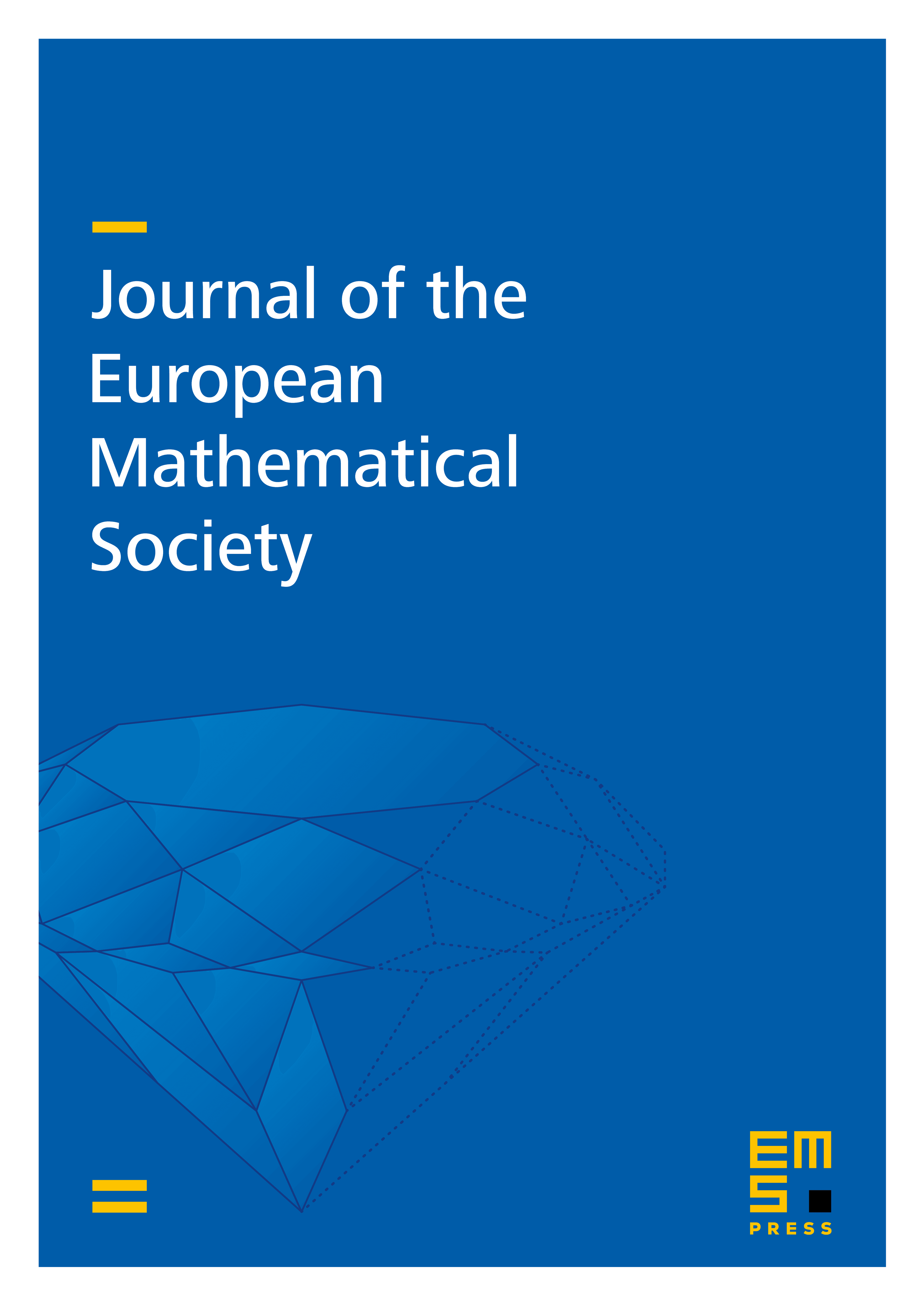The non-Hermitian skin effect with three-dimensional long-range coupling
Habib Ammari
ETH Zürich, SwitzerlandSilvio Barandun
ETH Zürich, SwitzerlandJinghao Cao
California Institute of Technology, Pasadena, USABryn Davies
University of Warwick, Coventry, UKErik Orvehed Hiltunen
University of Oslo, NorwayPing Liu
Zhejiang University, Hangzhou, P. R. China

Abstract
We study the non-Hermitian skin effect in a three-dimensional system of finitely many subwavelength resonators with an imaginary gauge potential. We introduce a discrete approximation of the eigenmodes and eigenfrequencies of the system in terms of the eigenvectors and eigenvalues of the so-called gauge capacitance matrix , which is a dense matrix due to long-range interactions in the system. Based on translational invariance of this matrix and the decay of its off-diagonal entries, we prove the condensation of the eigenmodes at one edge of the structure by showing the exponential decay of its pseudo-eigenvectors. In particular, we consider a range -approximation to keep the long-range interaction to a certain extent, thus obtaining a -banded gauge capacitance matrix . Using techniques for Toeplitz matrices and operators, we establish the exponential decay of the pseudo-eigenvectors of and demonstrate that they approximate those of the gauge capacitance matrix well. Our results are numerically verified. In particular, we show that long-range interactions affect only the first eigenmodes in the system. As a result, a tridiagonal approximation of the gauge capacitance matrix, similar to the nearest-neighbour approximation in quantum mechanics, provides a good approximation for the higher modes.
Cite this article
Habib Ammari, Silvio Barandun, Jinghao Cao, Bryn Davies, Erik Orvehed Hiltunen, Ping Liu, The non-Hermitian skin effect with three-dimensional long-range coupling. J. Eur. Math. Soc. (2025), published online first
DOI 10.4171/JEMS/1685